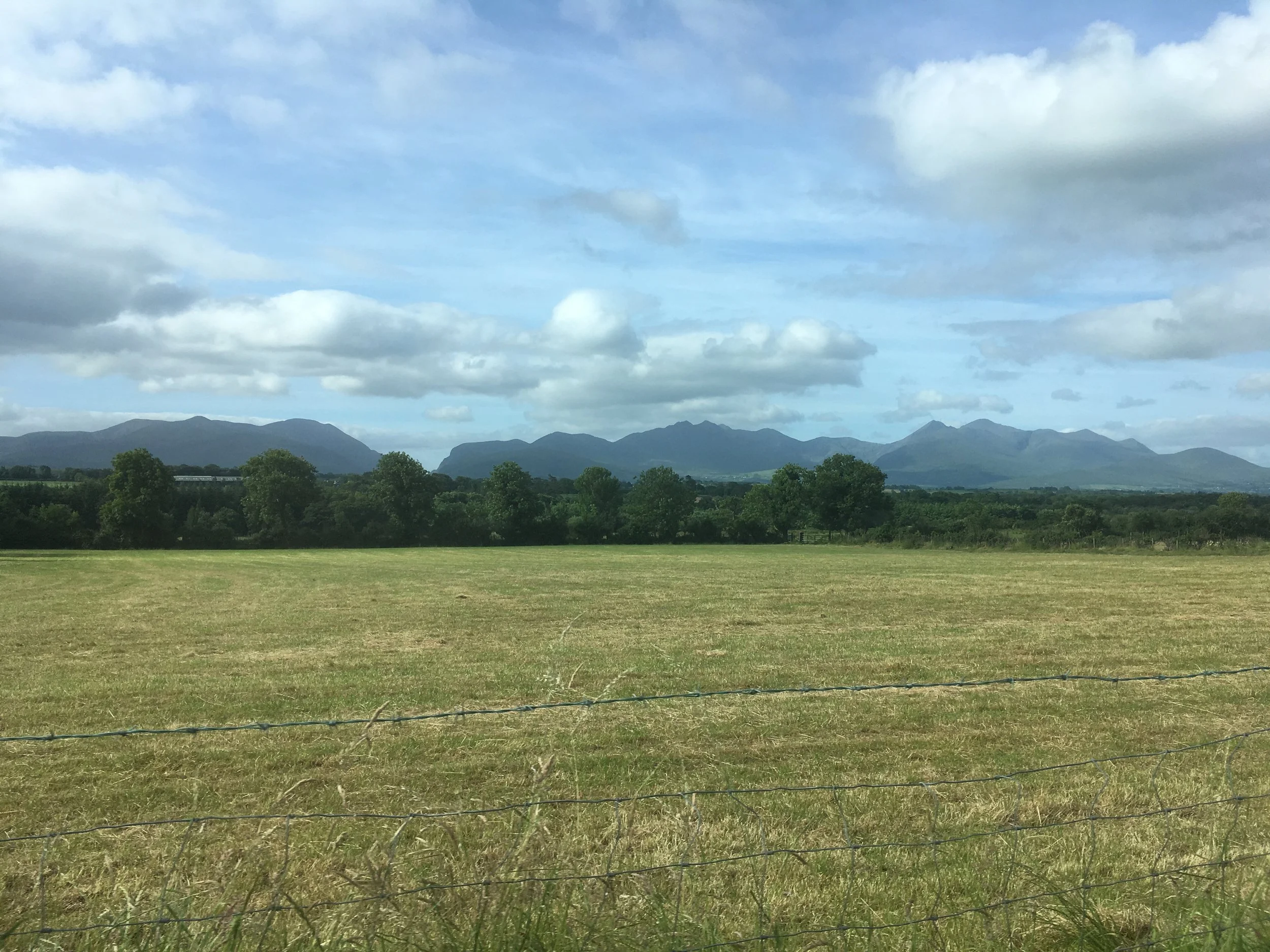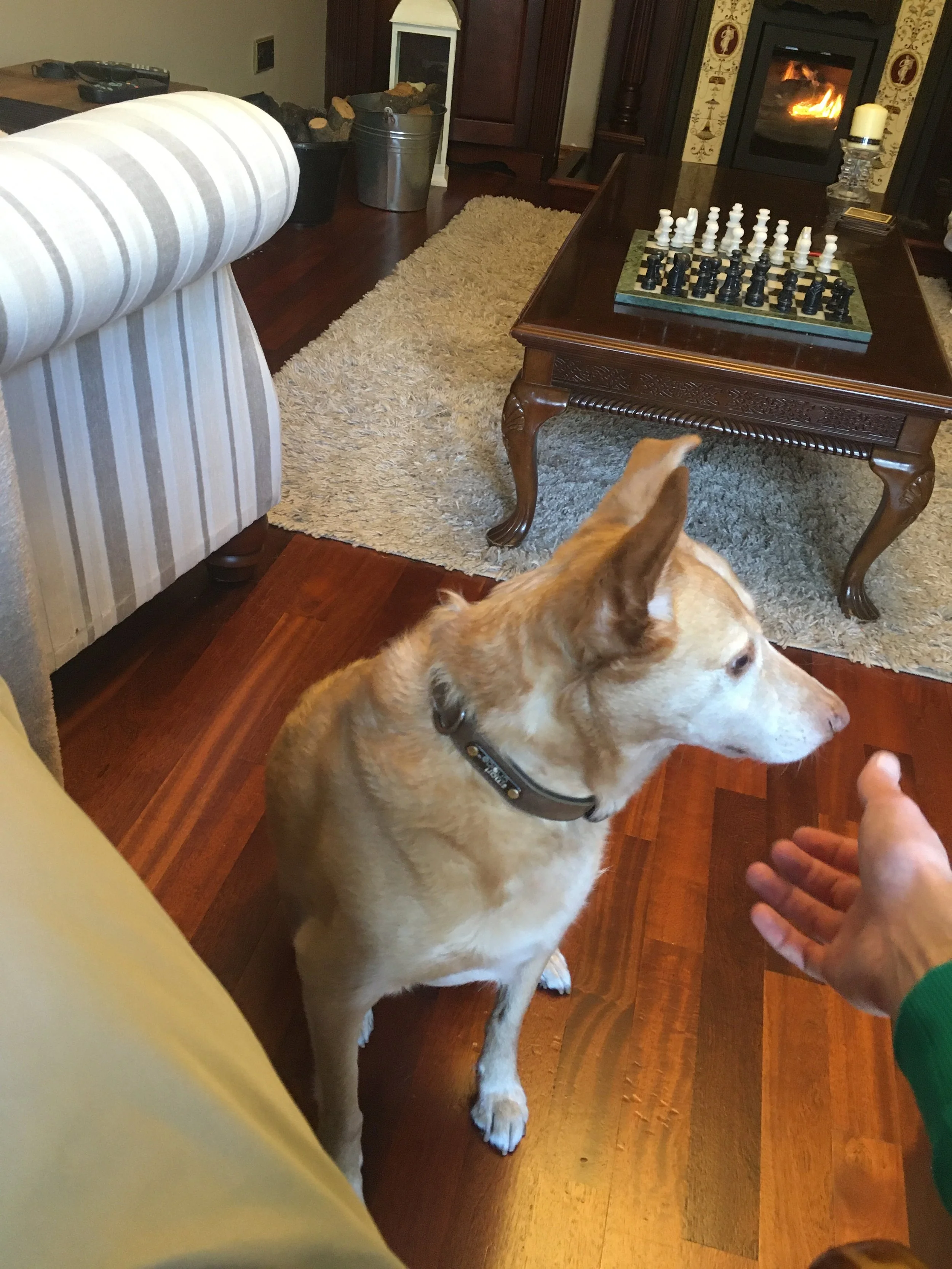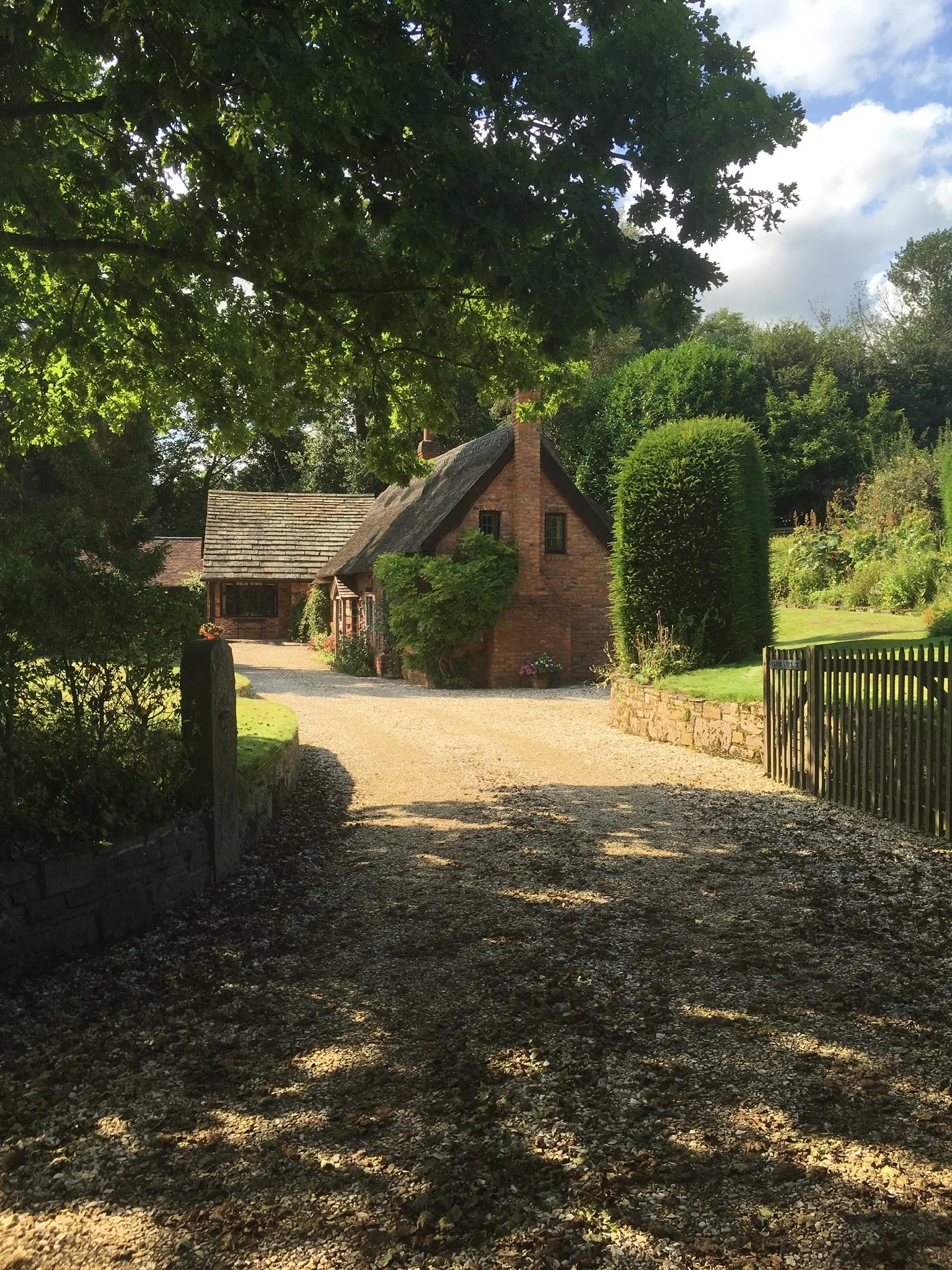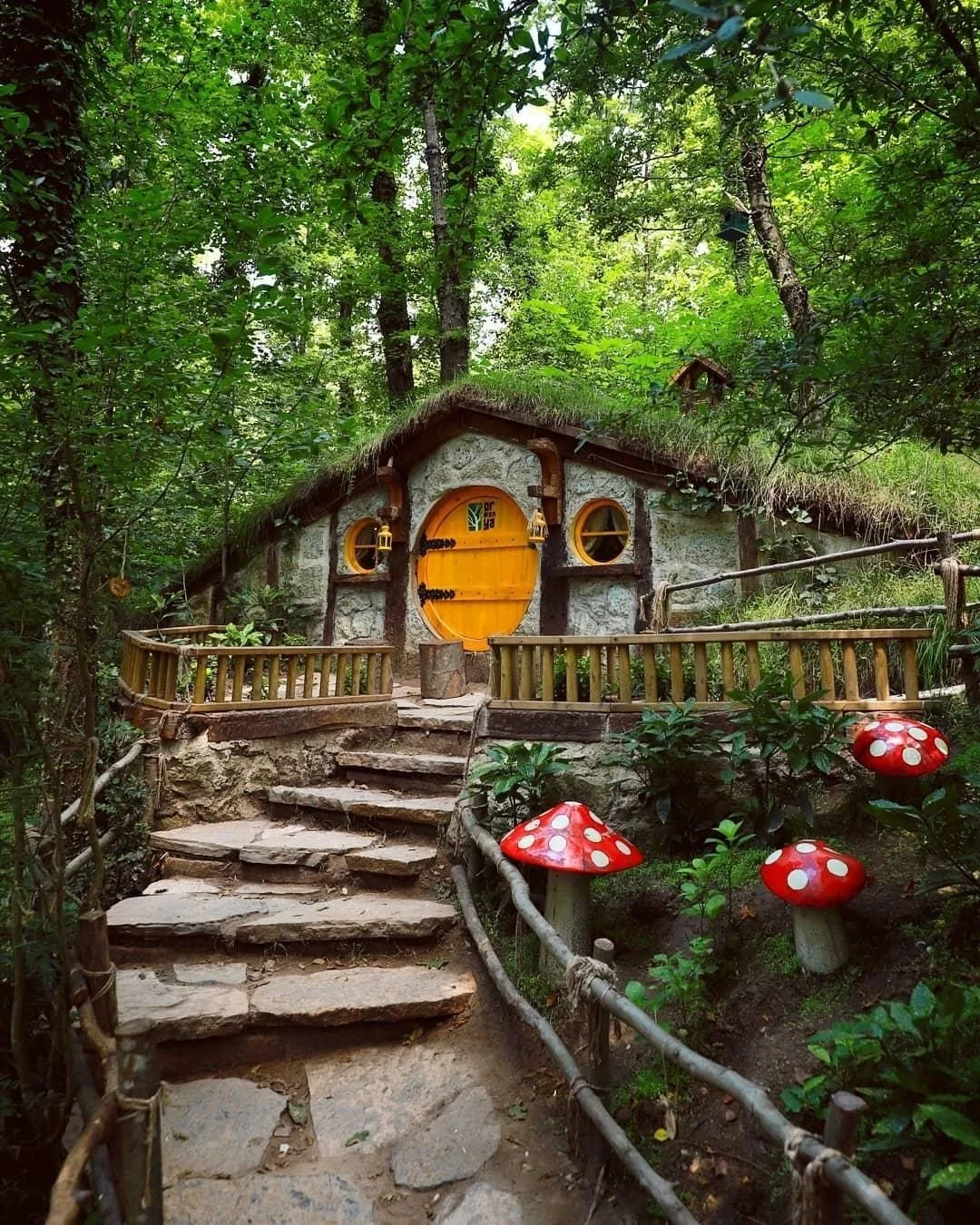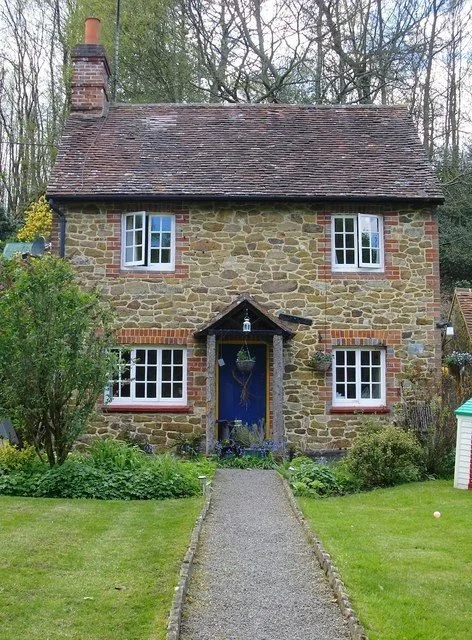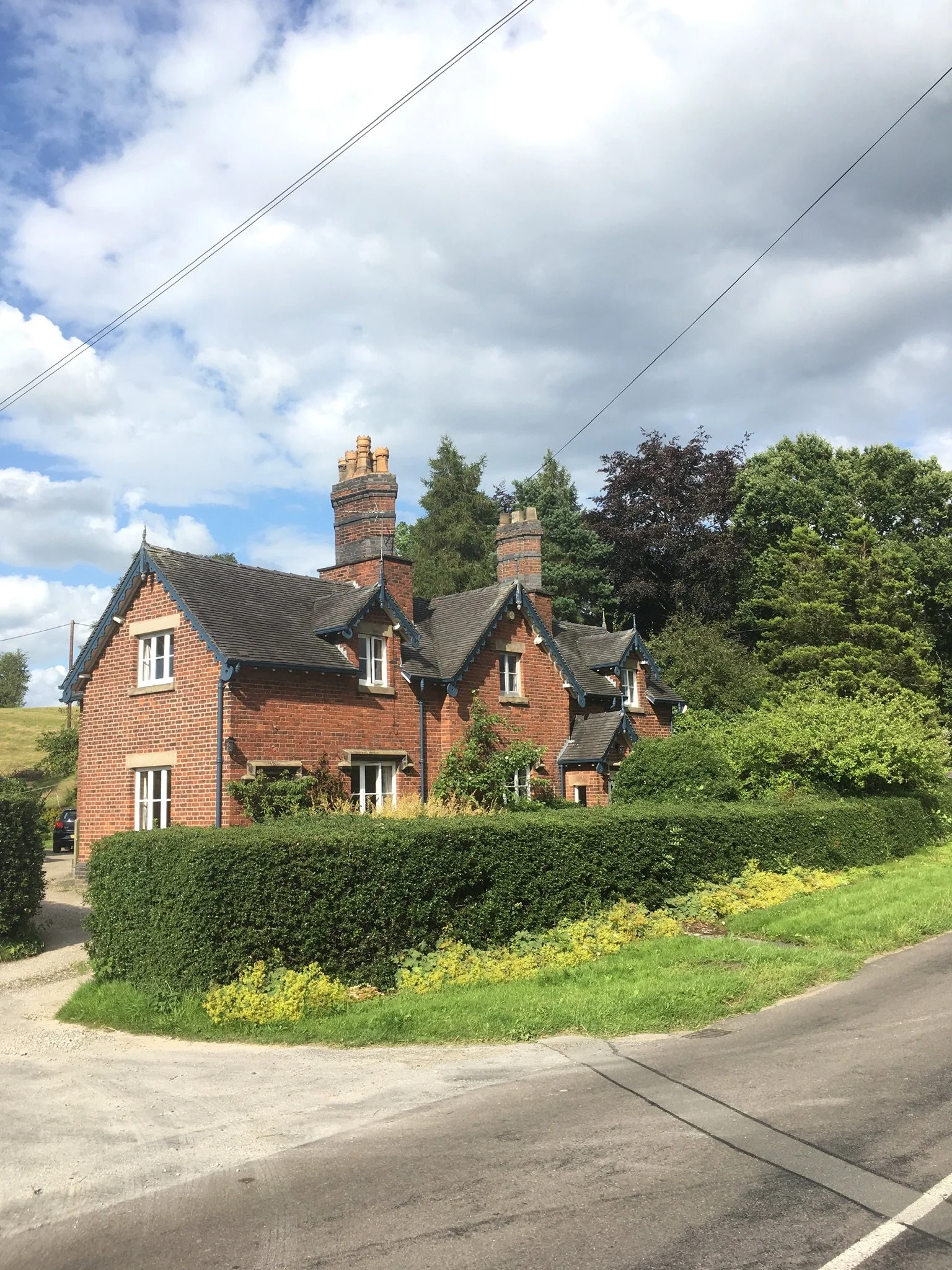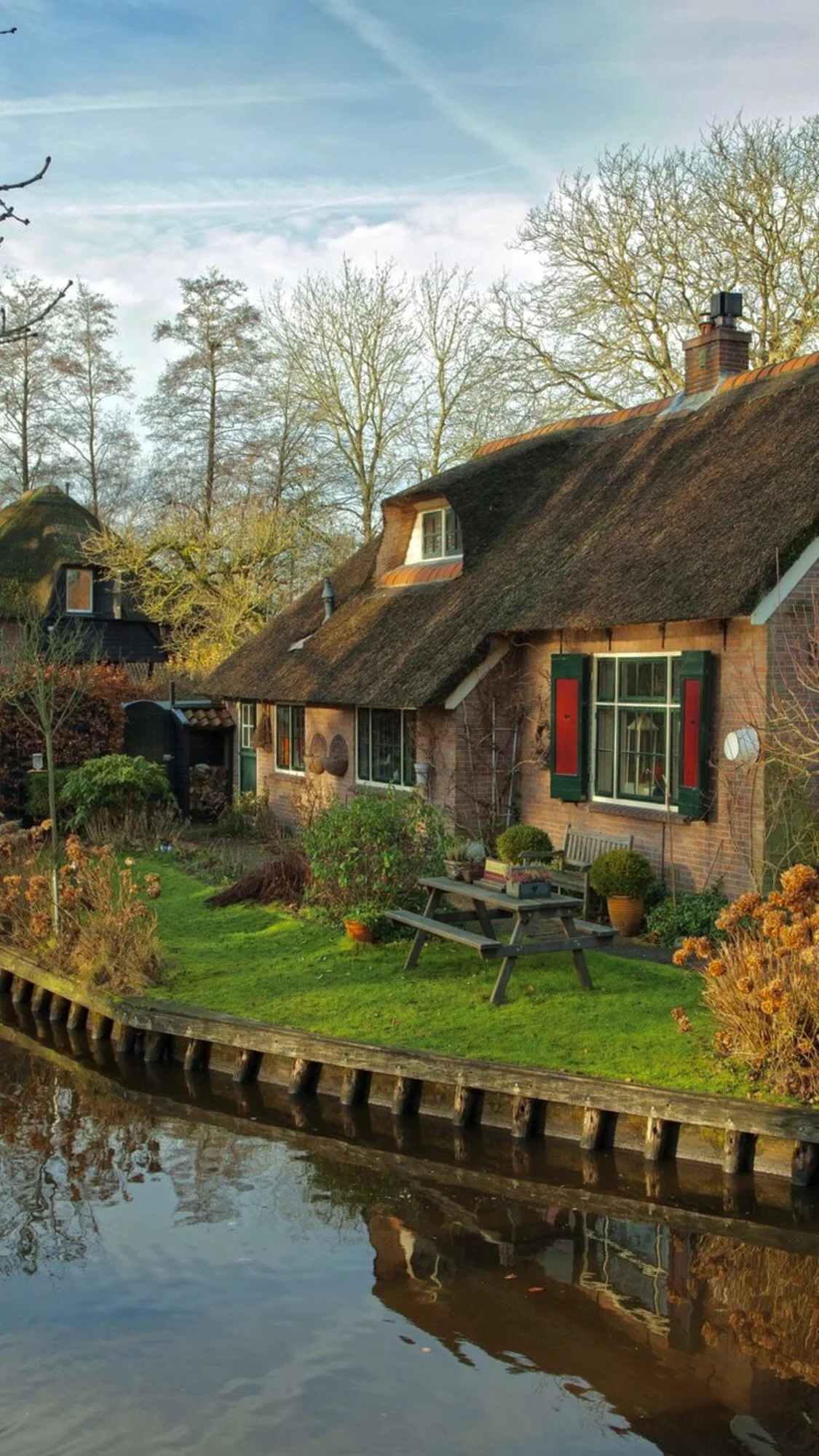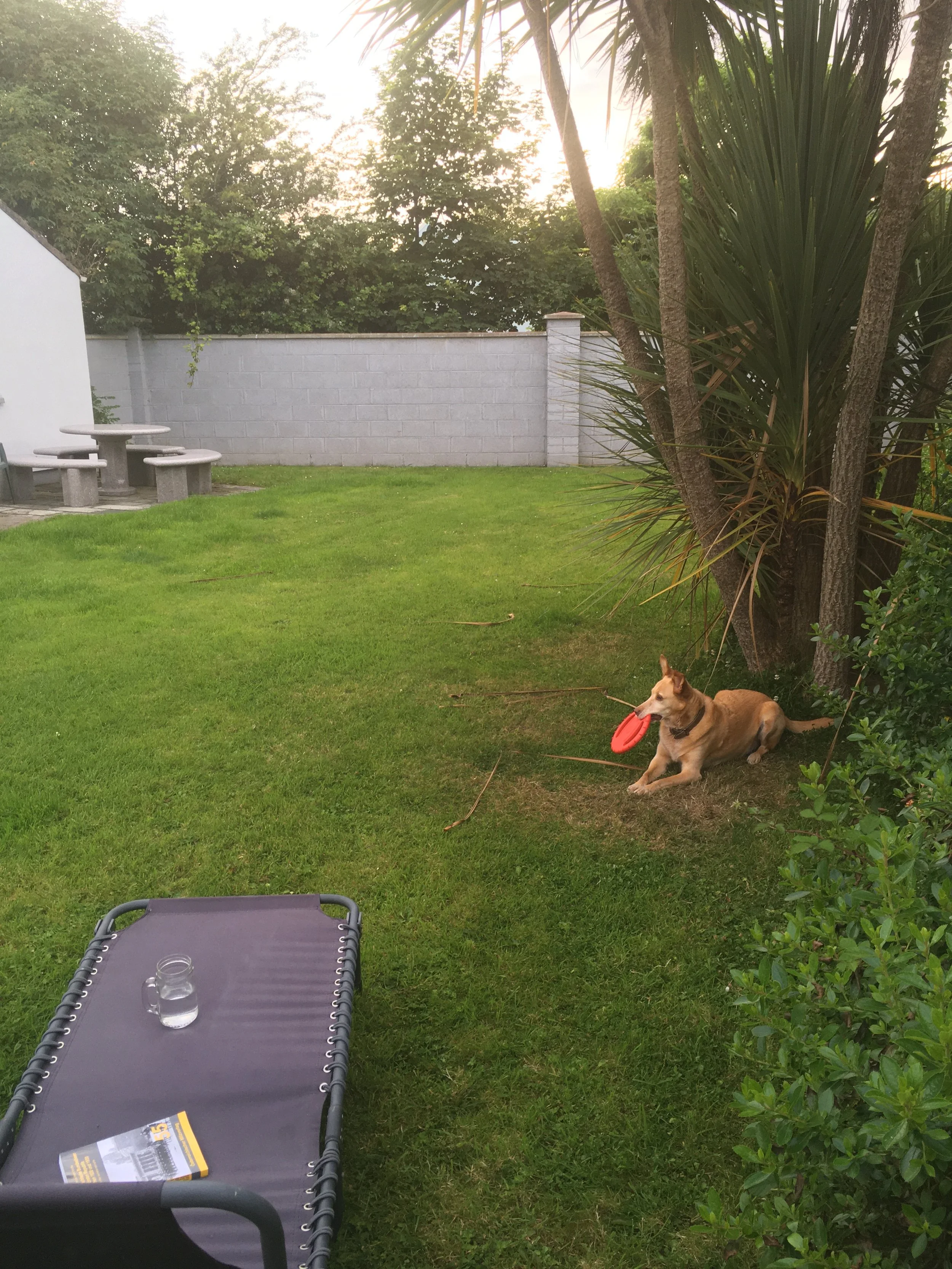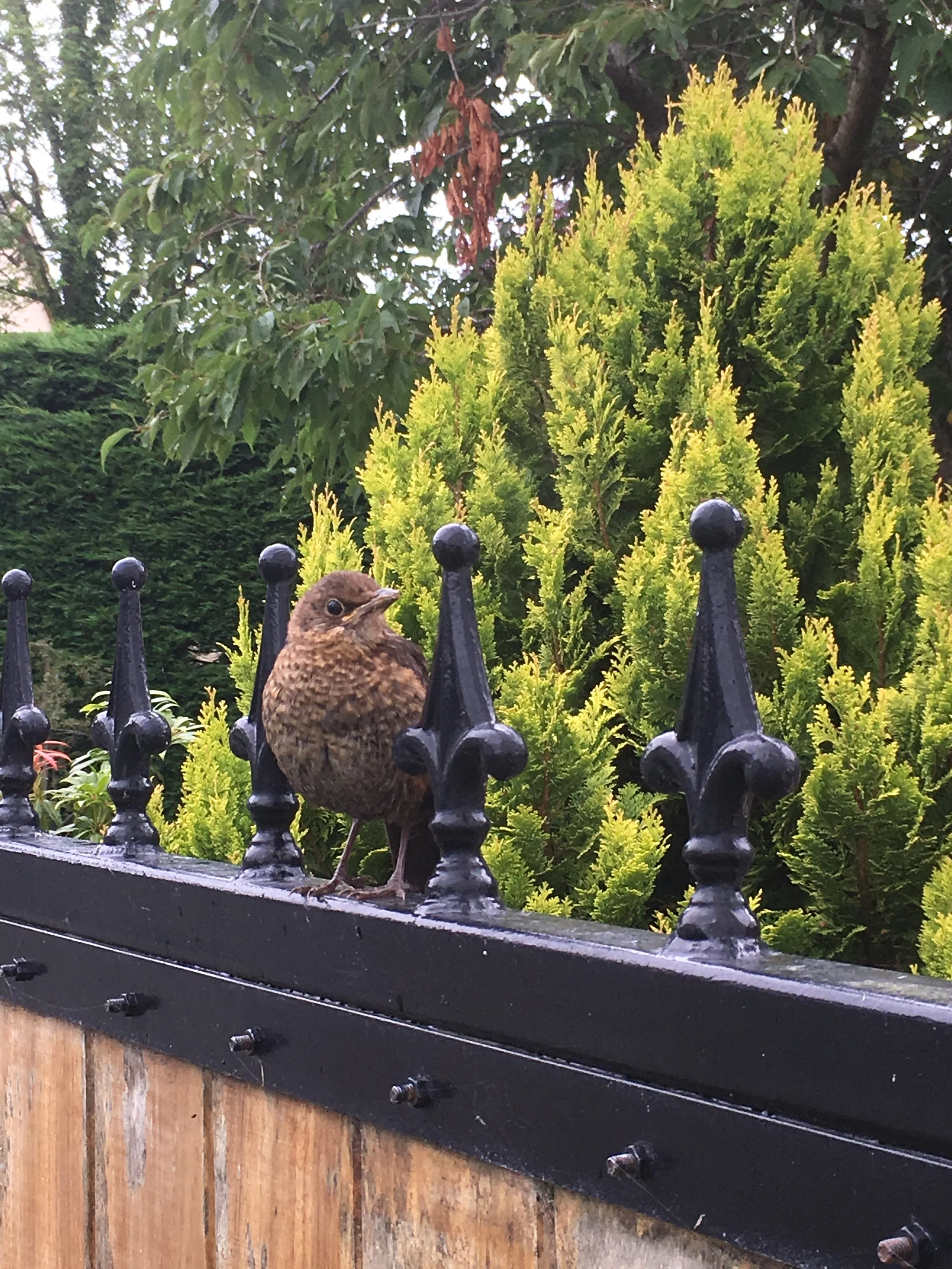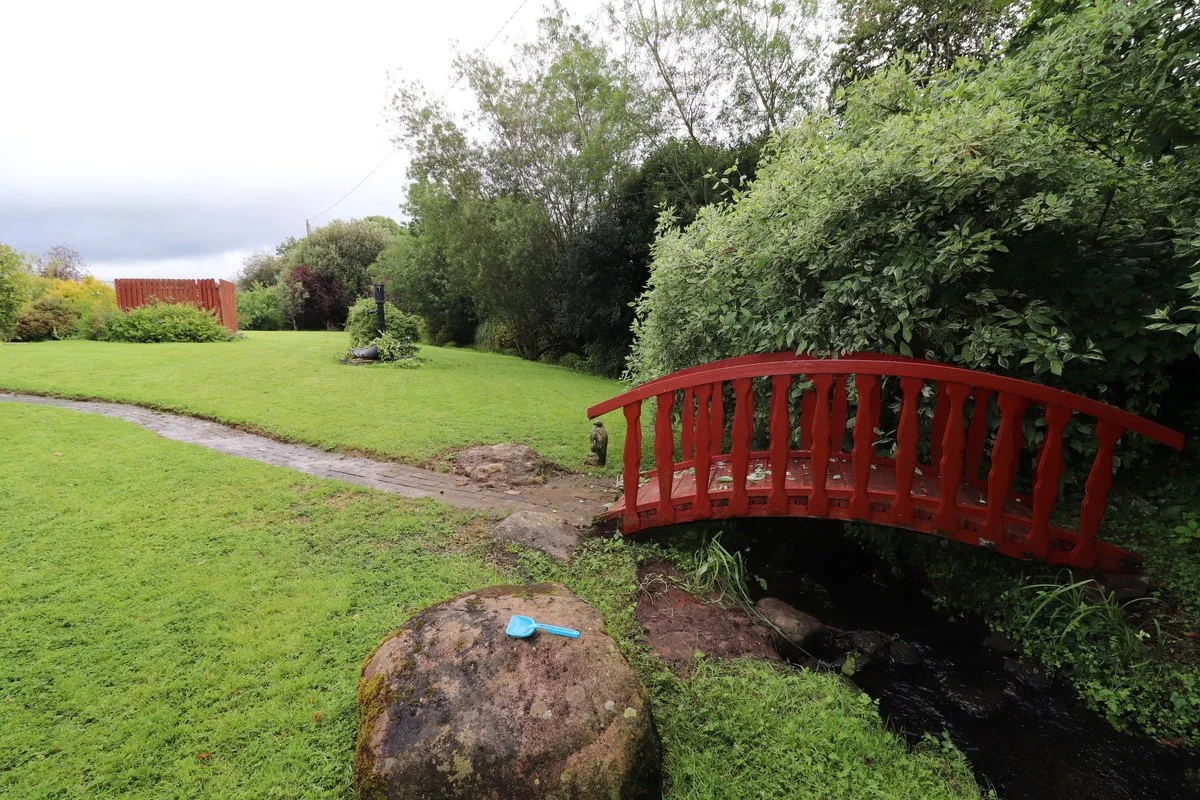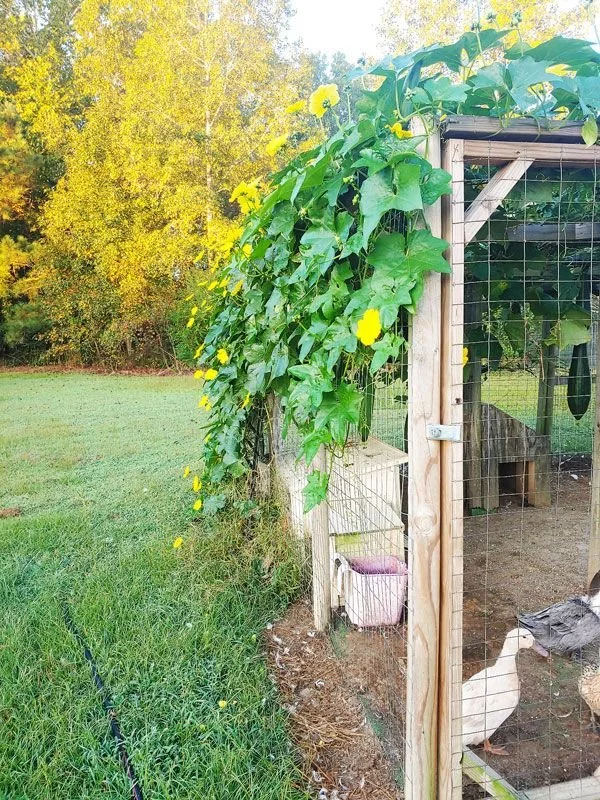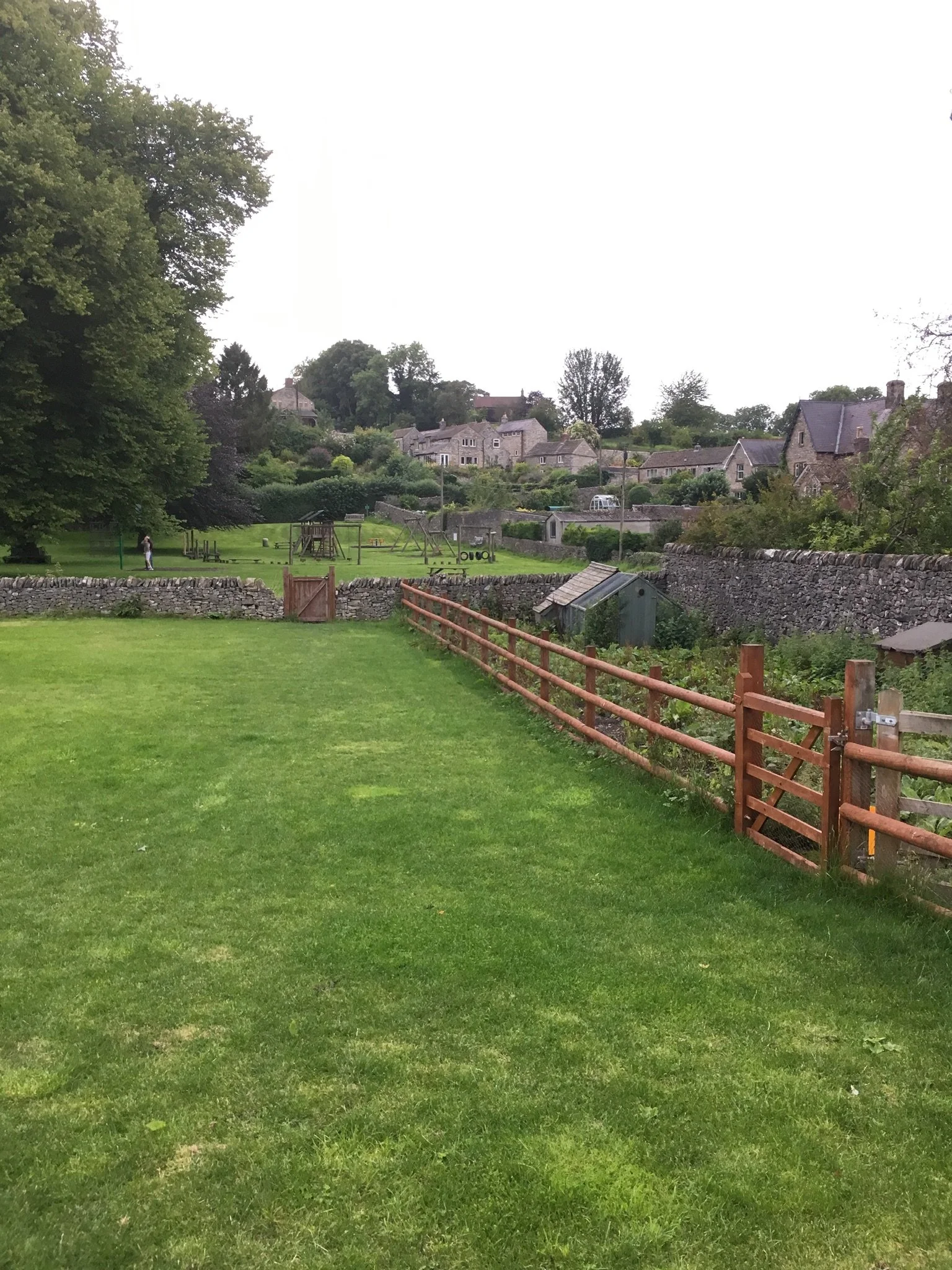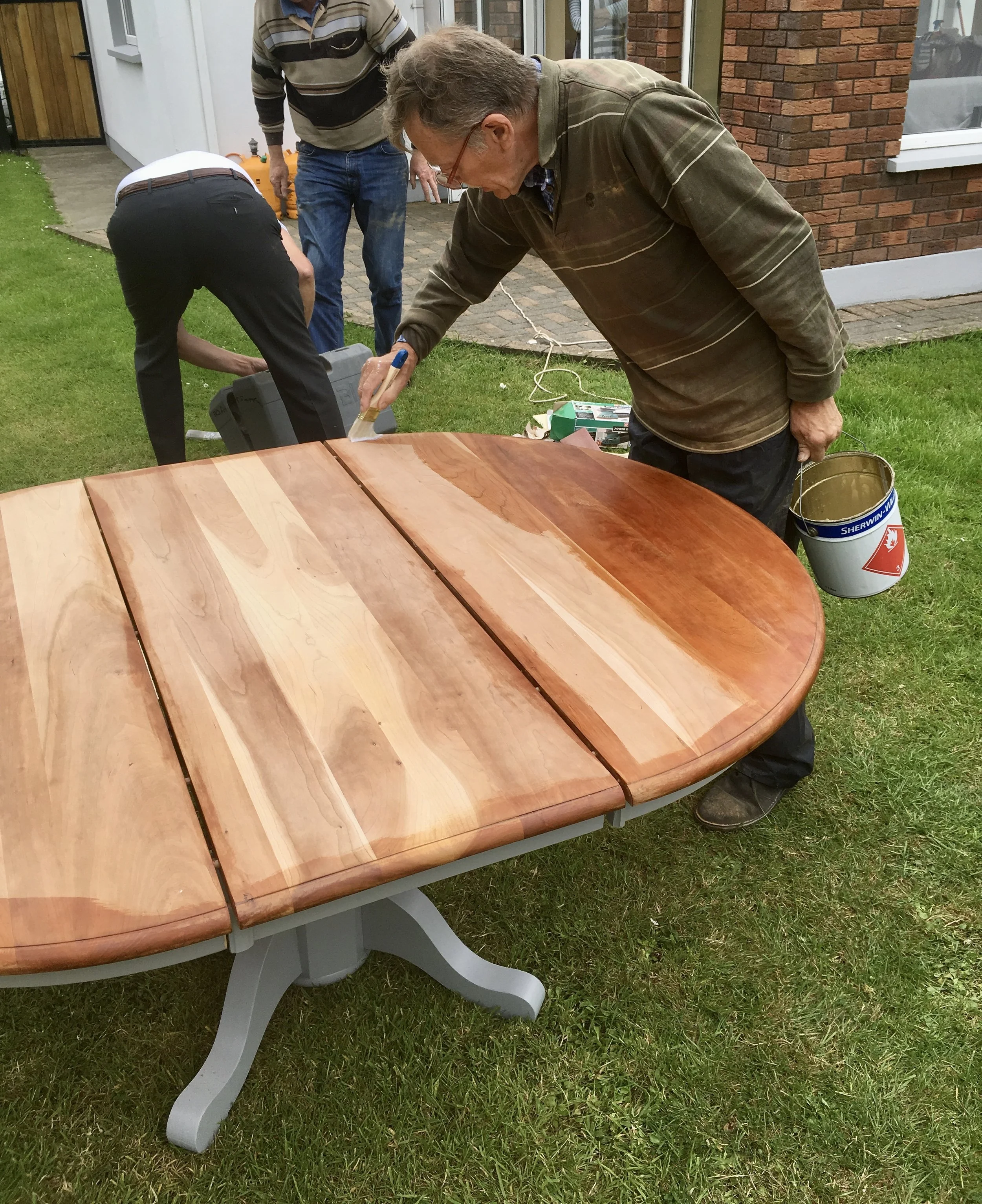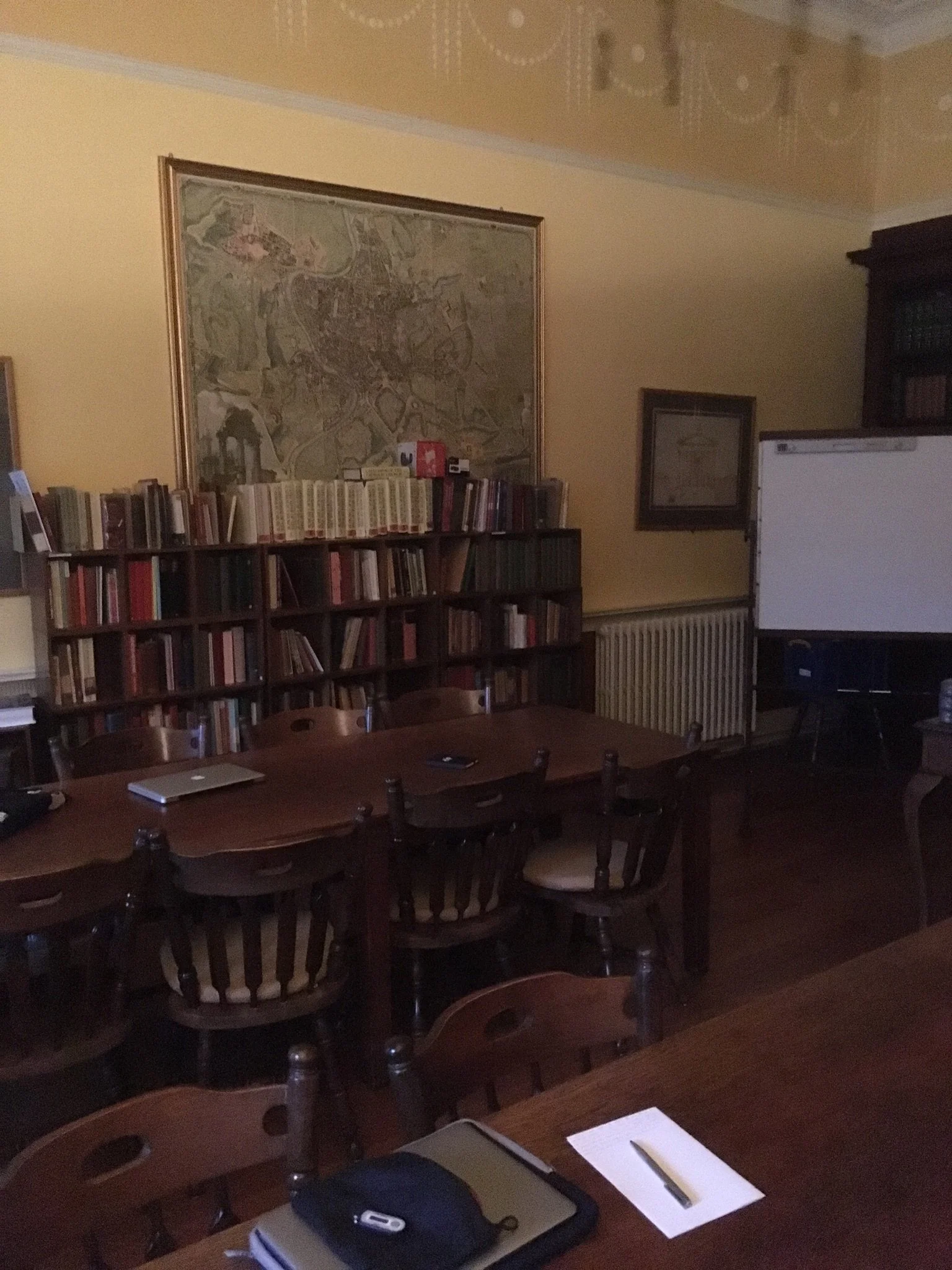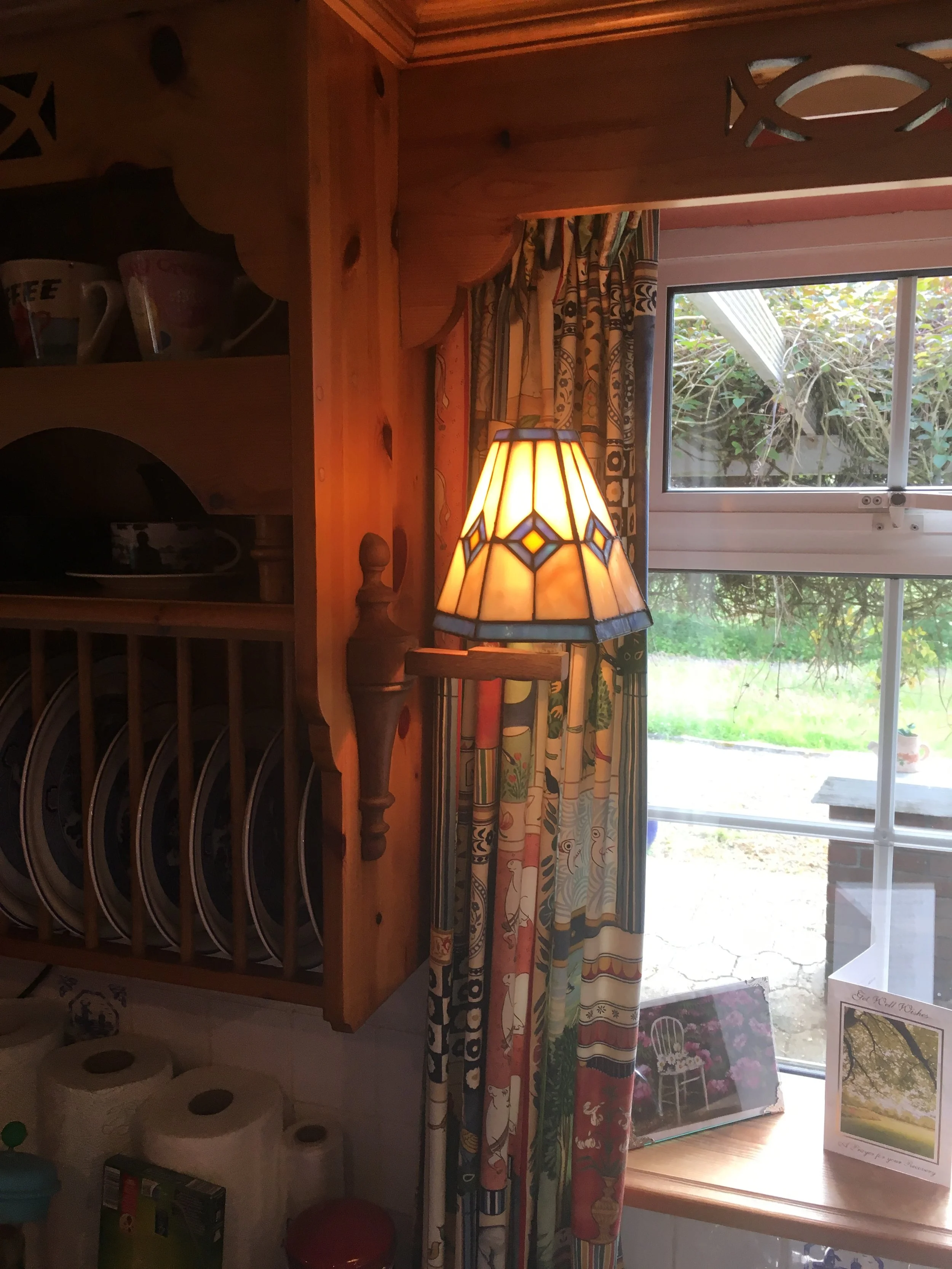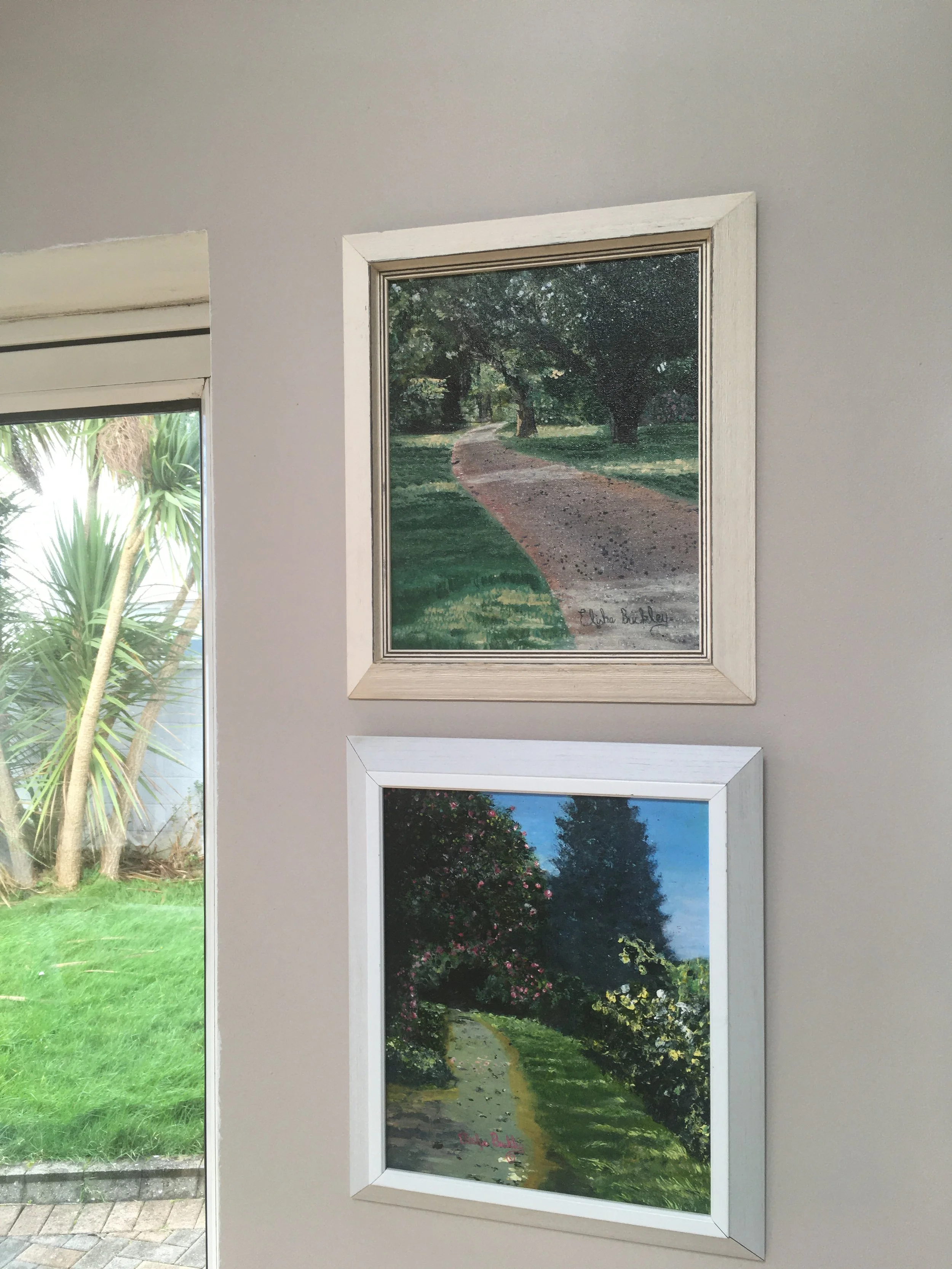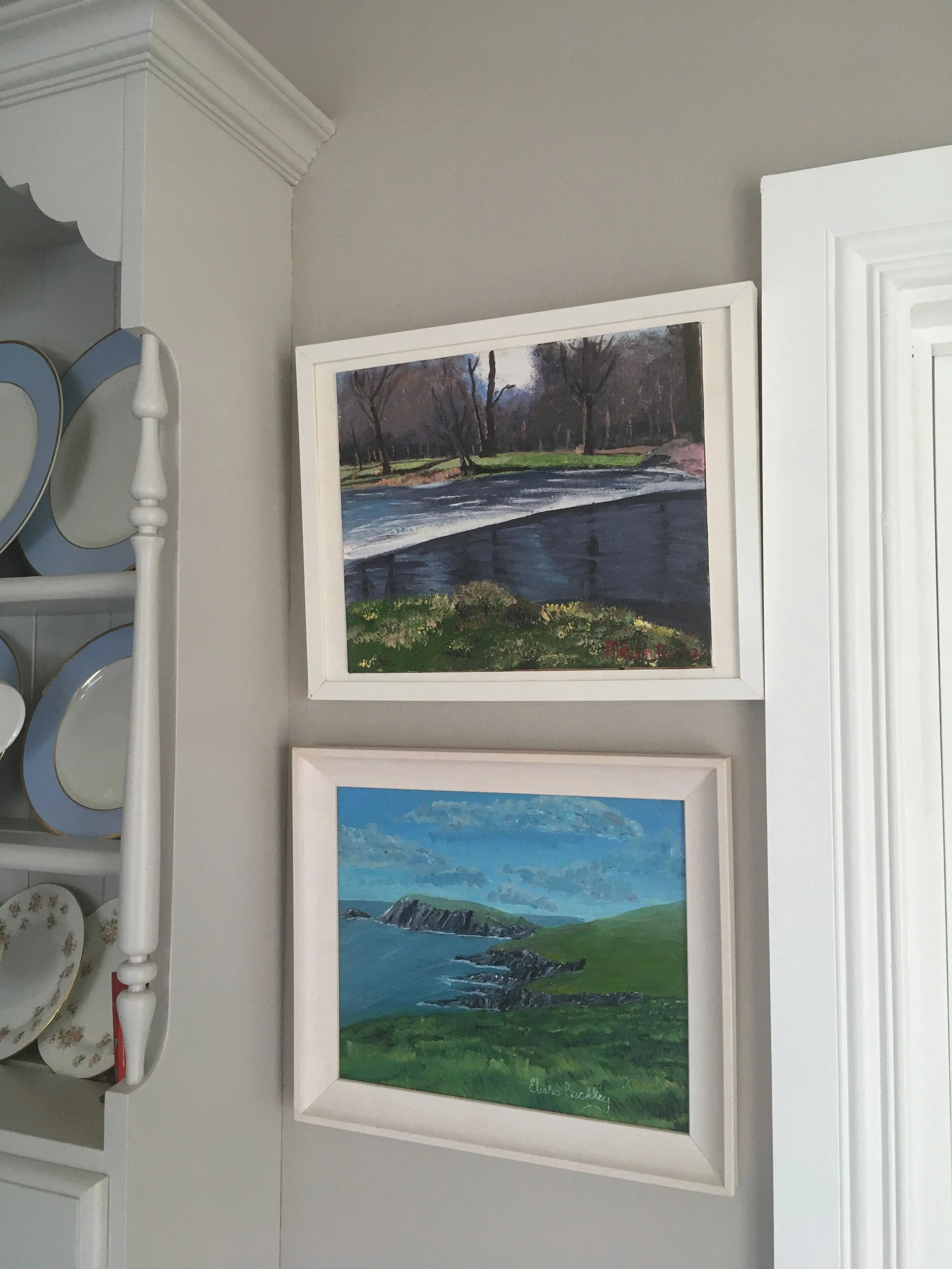Towards a Manifestation of Heimkehr
Photo: Niall Buckley, Kerry.
Home, what is it, and how can it be achieved? Many great minds, past and present, have dwelled upon this question of universal importance.
The English language, unlike German, does not offer a clear linguistic distinction between one who has no house (Obdachlosigkeit) and one who does not have a place he knows to be home (Heimatlosigkeit).
While not having a roof over one’s head denotes a clear material poverty, there exists a much deeper, even if less tangible, more tragic spiritual poverty of not having a home. It is for this reason that a terrace row of Edwardian working class homes has a heart but a suburban ghost-estate is exactly that, dead.
The need for home may be primitive in a tribal sense, but nonetheless, that does not make it less of an inescapable imperative for the human soul.
Home is as much about continuity as belonging. To uproot oneself and travel across the world to establish a homestead in a terra nullius is a genuine challenge and often the result of economic or politically induced desperation rather than the trill of perpetual spontaneous adventure.
Therefore home in its essence is about people. It is relationality with our fellow Man that provides the substantial form that gives the idea of home its meaning. Yet, this does not mean than one should ignore the accidental manifestations of home, which when cultivated with great care, can edify Man, helping him to realise this ideal of eternal longing, what 20th century German existentialist philosopher Heidegger would refer to as “Heimkehr”, a longing to return to a sense of home.
The late Roger Scruton, known for his relentless defence of everyday and extraordinary beauty as a means of encountering the transcendent, speaking retrospectively of his own Wiltshire homestead remarked: “Because I was not stupid, I knew that any idea of consolation that we have must relate also to the deep feelings in us, the deep desire for homecoming, so from the beginning I was in the business of making a home which would be my doing…. The problem with the modern world in my view is that people no longer dwell on the earth, they move nomadically around it in search of something they know not what never finding it, moving from person to person, place to place. Whereas these people [the population of rural Wiltshire] still dwell as Heidegger would say, wohen [German for “to live”] in the land. I’m not a great fan of Heidegger, but that is one of the few things that he said which is absolutely true. Only if we learn how to dwell can we build, and only if we build can we live with each other.”
Photo: Niall Buckley, Kerry.
The soothing comfort of drinking hot chocolate next a warm fireplace with a trusty dog by one’s side, while outside the wind roars and rain pelts off the window with an intense ferocity. The noble simplicity of the smile and embrace of one’s wife upon returning home from a hard day’s work. The smell of freshly cut grass or a Sunday lamb dinner. These things are such manifestations of home. A static certainty in a world of never-ending upheaval.
The home is distinct from the public sphere. It is the realm of the family, the basic unit of the natural order. Communist utopianism hoping to reshape man as what Prof. Sheila Fitzpatrick refers to as the new Homo Sovieticus failed to suppress this natural urge of humanity.
Communal living, the atomisation of the individual, the supremacy of the collective, even Siberian exile, could only act like a prison interning the soul, but could never destroy it. Even behind bars one dreams of having a place to call home.
Love of family and homeland is a natural element of being human. That, however, does not mean that these things are easy, without friction. But that man is, as Aristotle would say, a zoon politikon, a social rational animal is unquestionably true.
Home, even if located in the middle of the world, is a place of escape, a place over which the individual exercises his domain. It is a fortress of otherwise unattainably illusive solitude and control. Home as a place of solitude, and not isolation, is distinct from a hermitage.
Tolkien’s conceptualisation of an ideal homeland of blissful simplicity of that of his Middle-Earth Shire. Home does not exist in tension, but rather in complementarity with adventure. For without home, adventure would not be possible.
Scruton echos Tolkien and others when he states: “In all of us there is a desire for homecoming, Heimkehr, that of which Hölderlin wrote so beautifully. That is where consolation resides. Where we find ourselves having ventured out into all these kind of dangerous experiments of individual living, atlas coming back and swallowing all our pride and humbling acquiescing to a social order bigger than ourselves.”
Home is not just a purely abstract concept, a contingent particular pertaining to a platonic world of forms, but rather has a diverse range of direct material manifestations of belonging on earth. These aesthetically pleasing incarnations are an over-spill of the love one has for his immediate homeland, wanting to do it justice.
This justice pertains not only to the present generation. How we build affects our neighbour, as they will have to look at what we construct, but so too do we have a responsibility to past and future generations. It is by looking at the past that we can seek inspiration, standing on their shoulders we can build a better world for our successors. As Alexis de Tocqueville -no doubt inspired by other thinkers such as Edmund Burke and Augustus Pugin- noted in 1835: “When the past no longer illuminates the future, the spirit walks in darkness.”
Here too the German language, imbued with hidden Burkian sentiment, can provide us with some valuable insight. The German word for “ancestors” is “Vorfahren”, literally “those that came before”, but the term can also be translated as “those that travelled the path ahead of us”. This is the well-trodden path upon which we ourselves now seek to navigate. The same challenges we face, they too faced (albeit in different ways). Should we disregard their hard won lessons, or should we not seek out their wisdom and exploit it to the greatest extend possible?
Here below one can find some humble categorised suggestions on such potential (accidental) manifestations of home. Procuring the real world finance and planning permission for such endeavours is by no means easy, but then hard work and humble beginnings is how all great undertakings commence. It is by not giving in to the cult of utility, and therefore surrender to the uniformity of ugliness, that we drive civilisation onward and do justice to the word home.
Gateway
Photo: Niall Buckley, Cheshire.
The gateway is the porta (portal) to the home. It should be a warm invitation to guests and serve the practice function of stopping pets and small children from running on the traffic on adjunct roads while in pursuit of footballs or other such sport paraphernalia.
Better a conventional than electric automatic gate, and better gravel than tarmac driveway. Water saturation and thermal expansion are concerns which should influence one’s choice of surface.
Door
Photo: Pinterest, Daria.
The door entrance to home proper. It is one of the first things one, family member or guest interacts with. Furthermore it is something that is used everyday.
Photo: Pinterest, Gardenista.com
Therefore there is an importance of investing in a good door within one’s budget. In this regard, security and durability are importance considerations, but not the only factors worth pondering.
Their is much utility and beauty in procuring a dutch-half door. In the summer months one can leave air into the house and still not have to worry about toddlers escaping or wild beasts intruding.
If budget allows, (more applicable for custom builds rather than conversions, renovations or restorations) one could consider a Tudor revival white oak door. Such a pointed arch would require more costly structural work but
photo: Pinterest
Those more eccentrically-minded might prefer something as outlandish as a Hobbit-like circular door. Such an element of fantasy should come with a warning. Anything as publicly visible as a door should conform to the best of its surroundings. If one’s neighbours have Victorian doors, then there is no need to be different for the sake of being different. However, if one is building on a site away from public view in a rural setting, then more possibility abounds.
Wall/Facade
Photo: Fabrício Severo, Cobh.
Here one has three apparent options; stone masonry, conventional paint or traditional calcimine whitewash. Again here, conformity with one’s immediate surroundings is vital.
No-one will appreciate standalone flamboyant or outlandish shades of purple or stripes. If working with conventional paint best stick to shades of yellow or white. However, if in a row of houses consider collaborating with neighbours to create a harmonious contrast as seen in the example of Cobh, Co. Cork, Ireland.
Photo: Pinterest, Stefan Czapski
Alternately, consider using locally sources stone for a rustic cottage effect. A modern constriction need not use such stone for structural support but can be added over load-bearing bricks.
This works best for stand alone detached homes in a rural setting and can effectively be complemented by a baldacchino style canopy over front door.
Last but by no means least consider the utility of calcimine whitewash to create a homely bright feeling to one’s home.
Photo: Contentinacottage.blogspto.com
Roof
Photo: Niall Buckley, Cheshire.
A roof must serve the primary function of keeping water out. However, that does not mean that it cannot be beautiful. Most roofs will be slate and a small minority thatched.
Tudor rival style pointed triangular outset windows build into the roof can let light into the upper floors of a home while not overextending the vertical profile of the structure.
Photo: Imgur
Thatched roofs, which surprisingly can be found outside of Ireland in such places as Giethoorn, Netherlands, can have a great sense of charm about them. This charm however, comes at the cost of more laboursome maintenance and in many cases exorbitant home insurance rates.
Photo: Country Living Magazine
Garden
Photo: Niall Buckley, Kerry.
A garden is blank slate. A little kingdom within a kingdom. A spot from which man (with beast) can look out at his domain with a pleasant underlying satisfaction.
In going about designing a garden one should assume not only agency for his surroundings but stewardship. It is the duty of man to be considerate to lower forms of life that co-inhabit the earth.
Some suggestion to incorporate into one’s garden, should topography allow, are the following; granite tables, artificial ponds, small wooden foot-bridges, allotments, stone masonry walls and a coop for poultry.
Photo: Niall Buckley, Kerry.
Chickens, providing a useful supply of eggs and meat, can be somewhat conventional and boring. Ducks are surprisingly loud and messy. Male ducks (drakes) are rather smelly and can have an aggressive temperament, at times making cohabitation with their avian-cousin, chickens, difficult.
Geese have a fantastic combination of utility, (providing an ecological service to their immediate surroundings), and novelty. Moreover, come Christmas time, they make for a fine traditional festive meal.
It is important to remember that if uncertain which to choose, rest assured that switching from one species to the another is conveniently only a few family dinners away.
Photo: Rooney Auctioneers, Daft.ie
Photo: Mypetchicken.com
Photo: Niall Buckley, Cheshire.
Interior Decoration
Photo: Niall Buckley, Kerry.
With regards to interior design, an important principle is to start by taking good care for what you already have. If one has a good oak table, consider a group project of sanding and varnishing it rather than purchasing new from Ikea.
Otherwise, interior decoration would appear to require a grand vision and feminine touch. Objects on their own may have merit, but if they do not co-exist in harmony with their surroundings, then they can be counterproductive.
Feeling totally unqualified to administer good advice, I would fall back on a preference for wall mounted maps and family-made artworks if one is luckily to have talented siblings.
Photo: Niall Buckley, Cheshire.
Photo: Niall Buckley, Cork.
Photo: Niall Buckley, Kerry.
Photo: Niall Buckley, Kerry.
To conclude, a home is not a building, but neither is it a fuzzy immaterial concept. Home and homeland, while primarily residing in the heart, have temporal manifestations. The soul longs for such consolidations. The heart longs to belong. Belonging is not achieved unilaterally but as a family and more broadly as an organic community of neighbours or countrymen living in harmony with one another. Home is an exclusive concept. It derives strength from this exclusivity. One has ownership, and therefore agency over his or her home, and thus responsibility to make it a home worth living in.
Niall Buckley,
February 2022.

